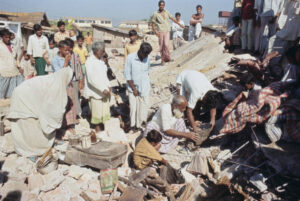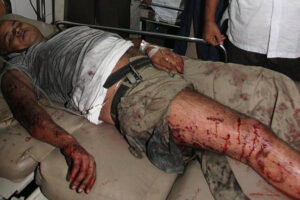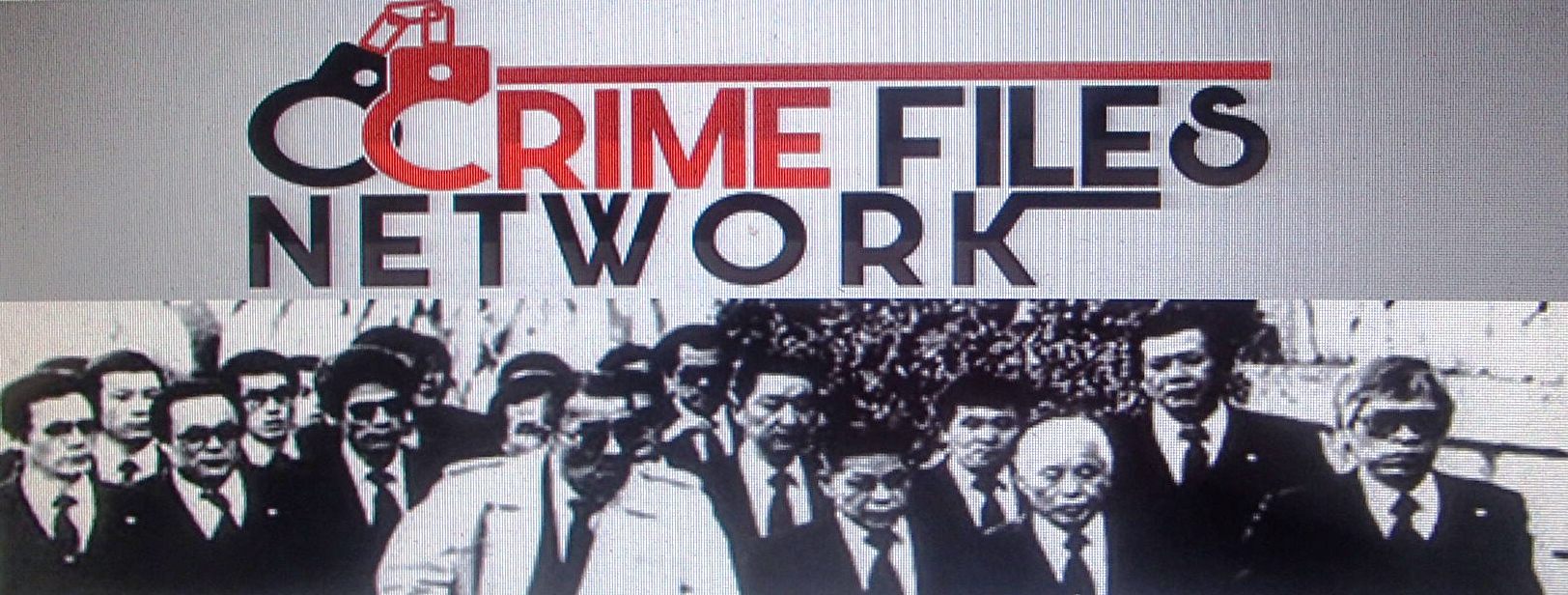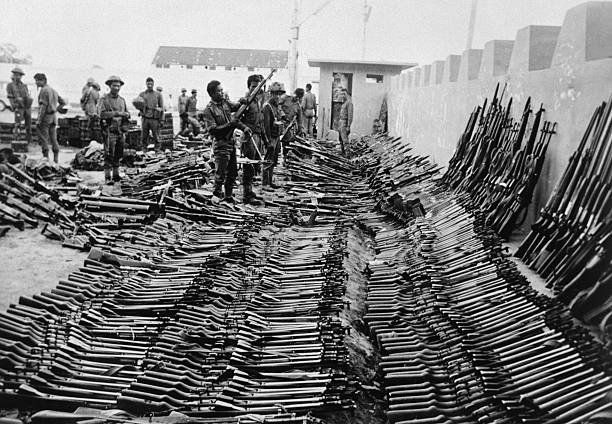1,092,575 views Premiered Sep 7, 2023 #pakistanhistory #history
The Dominion of Pakistan came into existence in 1947. Covering the modern area of Pakistan in the West and Bangladesh in the East, their shared Muslim faith was not enough to bridge the many linguistic, ethnic, and cultural gaps between the two sides of the country.

West Pakistan and its Urdu-speaking elites dominated the entire state, although the ethnically Bengali East were the majority of the population.

The Bengali majority was discriminated against in education, the military, politics, and other aspects of life. This discrimination fell especially hard on the Hindu minority, but the Muslim majority was also characterized as a lesser cultural and racial group to the Western Pakistani.

The Pakistani government also tried to suppress Bengali culture, arts, and literature as too “Hindu leaning.” On top of this, economic exploitation of the East’s resources with minimal return investment also created resentment and left the East feeling more like a colony than an equal partner.

Despite this, the Bengalis were reputed for their non-violence. Their discontent was funneled through democratic means, namely the Awami League (AL) under the leadership of Sheikh Mujibur Rahman, also known as Sheikh Mujib. The AL pushed for more autonomy for East Pakistan, but try as they might, the Bengalis did not get the democratic resolution they’d hoped for.
![]()

